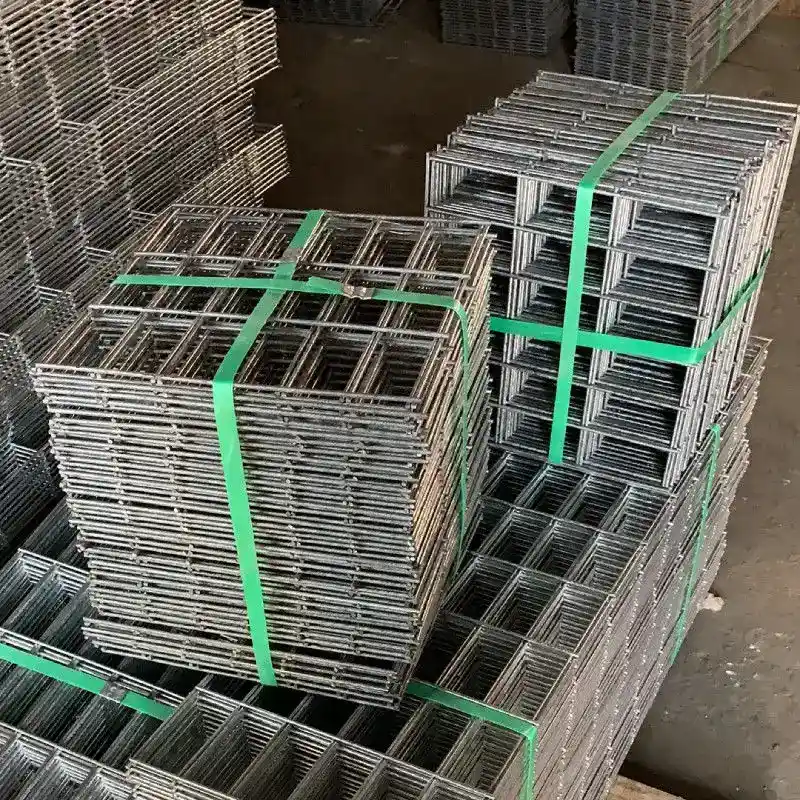
- Mobile Phone
- +8613931874955
- sales@cntcmetal.com
Current Market Price Trends for Chicken Wire Mesh Products
The Price of Chicken Mesh An Insight into Its Market Dynamics
Chicken mesh, also known as poultry netting or chicken wire, is a type of fencing that has become an essential component in poultry farming and various agricultural practices. It serves multiple purposes, including protecting livestock from predators, keeping the chickens contained, and providing a safe environment for their growth. As with any agricultural product, the price of chicken mesh can fluctuate based on various factors. In this article, we will delve into the intricacies of chicken mesh pricing, exploring the factors influencing its cost, market trends, and tips for farmers looking to purchase it.
Understanding Chicken Mesh
Chicken mesh is typically made from galvanized steel wire, which is woven into a grid pattern to create a flexible yet durable barrier. The mesh comes in various sizes and gauges, catering to different needs—whether for small backyard coops or large-scale poultry farms. Its primary use is to enclose chickens, preventing them from wandering off while also allowing for proper ventilation and sunlight.
Factors Influencing the Price of Chicken Mesh
Several factors contribute to the pricing of chicken mesh, including
1. Material Costs The cost of raw materials plays a significant role in determining the price of chicken mesh. Galvanized steel wire, which is commonly used in manufacturing chicken mesh, can be influenced by global steel prices. Any fluctuation in commodity prices may consequently affect the cost of the final product.
2. Manufacturing Process The complexity of the manufacturing process can drive up costs. Some meshes are treated with coatings to prevent rust, which can add to the overall price. The production methods and technology used by manufacturers can also impact costs. More advanced techniques may lead to higher prices, but they often result in superior quality and durability.
3. Market Demand Seasonal demand can significantly affect pricing. For example, during the spring, when many farmers begin to expand their poultry operations, the demand for chicken mesh often spikes. This increased demand can lead to higher prices, especially if inventories are low. Conversely, during off-peak seasons, prices may stabilize or decrease as suppliers seek to clear stock.
4. Size and Specifications The dimensions of chicken mesh, including its height, width, and wire gauge, affect its price. Larger rolls or those made from thicker wire are generally more expensive. Custom specifications, such as colors or additional treatments for enhanced durability, can also lead to higher costs.
5. Geographical Factors Pricing can vary by region due to differences in transportation costs, local demand, and availability of materials. In areas with a high concentration of poultry farms, prices may be more competitive due to increased supply and competition among local vendors.
price of chicken mesh

Current Market Trends
The market for chicken mesh has seen notable trends in recent years. The growing popularity of backyard farming and urban agriculture has led to an increased demand for chicken mesh, particularly among hobbyists and small-scale farmers. As more people become conscious of food sources and sustainability, the use of chicken mesh in urban settings for vegetable gardens or for keeping small livestock has also gained traction.
Additionally, the rise of e-commerce platforms has made purchasing chicken mesh easier than ever. Farmers and hobbyists can now compare prices online, read reviews, and find the best deals, ultimately influencing market prices. However, shipping costs can also be a factor, especially for bulk purchases.
Tips for Purchasing Chicken Mesh
For farmers considering the purchase of chicken mesh, there are several tips to keep in mind
- Compare Prices Before making a purchase, compare prices from different suppliers. Online platforms may offer competitive rates, while local hardware stores could have sales or discounts.
- Consider Quality While it may be tempting to opt for the cheapest option, consider the quality of the mesh. Investing in a durable, rust-resistant product can save money in the long run by reducing the need for replacements.
- Buy in Bulk If you have a large poultry operation or multiple projects, buying in bulk often leads to discounted prices.
- Plan for Seasonal Changes Be aware of seasonal fluctuations in price and plan purchases accordingly. Buying during off-peak times can often result in savings.
In conclusion, the price of chicken mesh is influenced by multiple factors ranging from material costs to market demand. Understanding these dynamics can help farmers make informed purchasing decisions, optimized for both their budget and operational needs. As the agriculture sector continues to evolve, staying updated on market trends and pricing strategies will be essential for success in poultry farming.
share:
-
Why Sacrificial Formwork Is Redefining Underground ConstructionNewsJun.06,2025
-
The Structural Dynamics of Modern Concrete: How Snake Spacers Revolutionize Flexible ReinforcementNewsJun.06,2025
-
Snake Spacers Smart-Lock Concrete Reinforcement with Surgical PrecisionNewsJun.06,2025
-
Snake Spacers: Reinforcement Precision for Modern Concrete ProjectsNewsJun.06,2025
-
Snake Spacers Powering Concrete's Structural DNANewsJun.06,2025
-
Slither into Success: Snake Spacers' Precision Bite for Unbreakable ReinforcementNewsJun.06,2025
-
Sacrificial Formwork: Building Stronger, Faster, and Safer StructuresNewsJun.06,2025



















